To celebrate the October 13th release of my forthcoming debut novel, King of Shards, I will be featuring one new blog entry a day about a different Judaic myth for 36 days. Gut shabes! (Good Sabbath!) Today’s entry is on Your Demonic Double.
Day 12: Your Demonic Double
Every man and woman has a demonic double, born in the world of hell ruled by Samael, the Evil One. The world of hell is in all respects identical to the world of humanity. If you were to look at your double, it would be as if you were staring at your own eyes in a mirror. Each person is appointed a soulmate by the spirits of heaven, and if the hands of fate are fortunate, the couple meet and form a happy union.
But woe to the person who is alone on the fourth night of the week, or on the Sabbath, because the sons of Samael kidnap the person and force them to marry not their partner fated by heaven, but their demonic double.
The Myth’s Origins
In Judaism is the concept of bashert, fate or destiny. Tradition states that each man and woman has their destined soulmate, their “basherte” (female) or “basherter” (male), whom it is the shadchan’s, or matchmaker’s, job to facilitate the divine union. The belief in the soulmate comes from the Talmud, B. Sota 2a, which says, “Forty days before the creation of a child, a divine voice issues forth and proclaims, the daughter of this one is for that one.”
The belief is that not only the angels hear this divine voice, but demons as well. In The Testament of Solomon, the demon Ornasis (the Vampire Demon we spoke of in an earlier post) tells Solomon that, “We demons ascend into the firmament of heaven, and fly about among the stars. And we hear the sentences which go forth upon the souls of men, and forthwith we come, and whether by force of influence, or by fire, or by sword, or by some accident, we veil our act of destruction; and if a man does not die by some untimely disaster or by violence, then we demons transform ourselves in such a way as to appear to men and be worshipped in our human nature.”
Thus demons, having future knowledge of events, use this knowledge to corrupt humanity, as in replacing their destined one with a demonic double. Thus, why we often see couples who seem oddly paired married throughout the world.
Some Thoughts on the Myth
In orthodox Jewish circles today, shadchanim, or matchmakers, are used regularly. And in such circles the couples often meet only a few times, for a few minutes, before the engagement is announced. Oftentimes the pair says only a handful of words to each other before they are married. Obviously, this does not always lead to a happy union down the road. And even for those couples who have not been matched in this way, and who have courted through more common practices of dating, they sometimes find that their marriage union isn’t the bliss they’d hoped. In the U.S. the divorce rate was 53% in 2011. I imagine that in a culture that didn’t forbid divorce (a get in Yiddish), but made it something to be frowned upon and more difficult to obtain, unhappy couples were forced to maintain their marriage amidst great tension. This likely helped spread the myth of the demonic double.
But we have also heard the cliche, “opposites attract.” And I know I’ve occasionally looked at couples and wondered, How on earth did they wind up together? They seem an unlikely pair.
Lastly, a demonic double might have been a way to make sense of mental illness, which was (and sometimes still is) seen as a form of demonic possession.
The myth of the demonic double, which originated from the stories of demonic intervention in The Testament of Solomon, likely arose from such speculation. The Doppelgänger, or double, is of course not unique to the Jewish culture. In Egyptian times they believed in the ka, or spirit double of a person. In Norse mythology, they have the vardøger. And in Finnish mythology, the etiäinen. Still, it’s interesting to speculate how such ideas pervaded different cultures, and how each culture elaborated them into their own mythologies and folktales.
Tomorrow’s Myth: The Angel of Losses
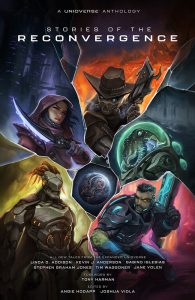






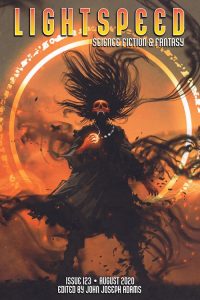
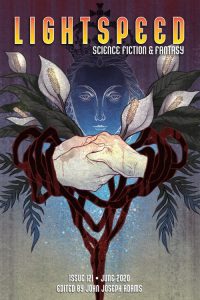





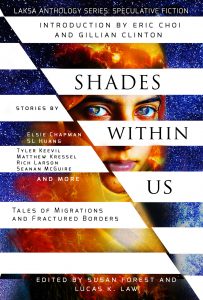



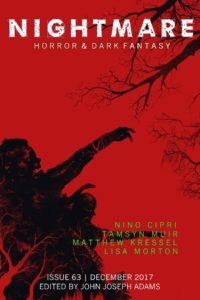






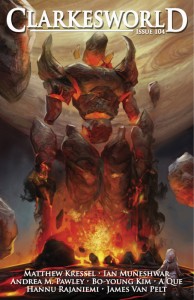

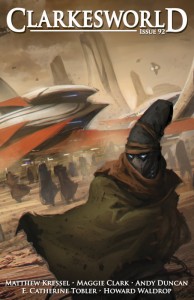

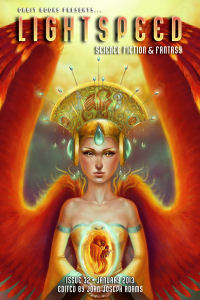







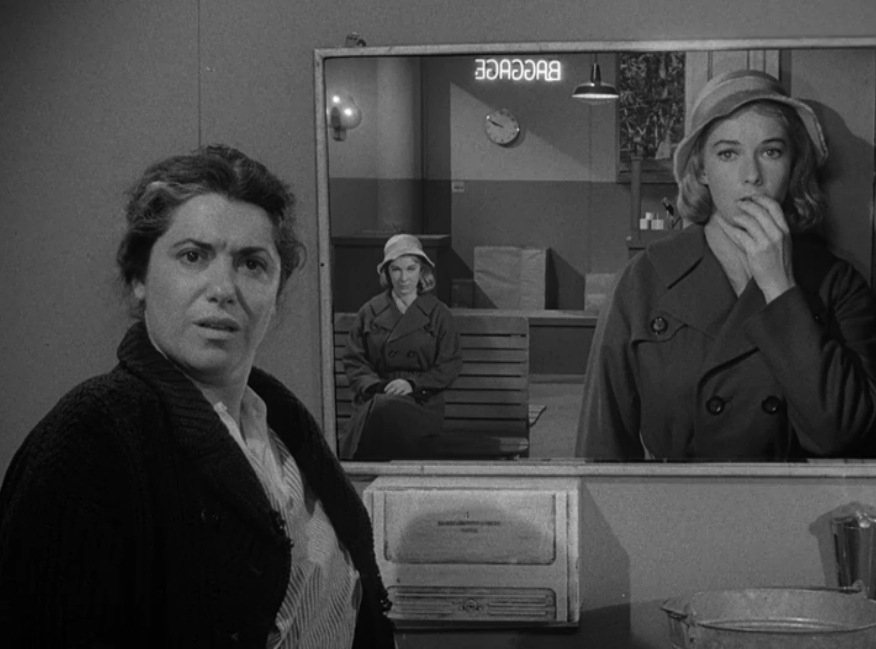
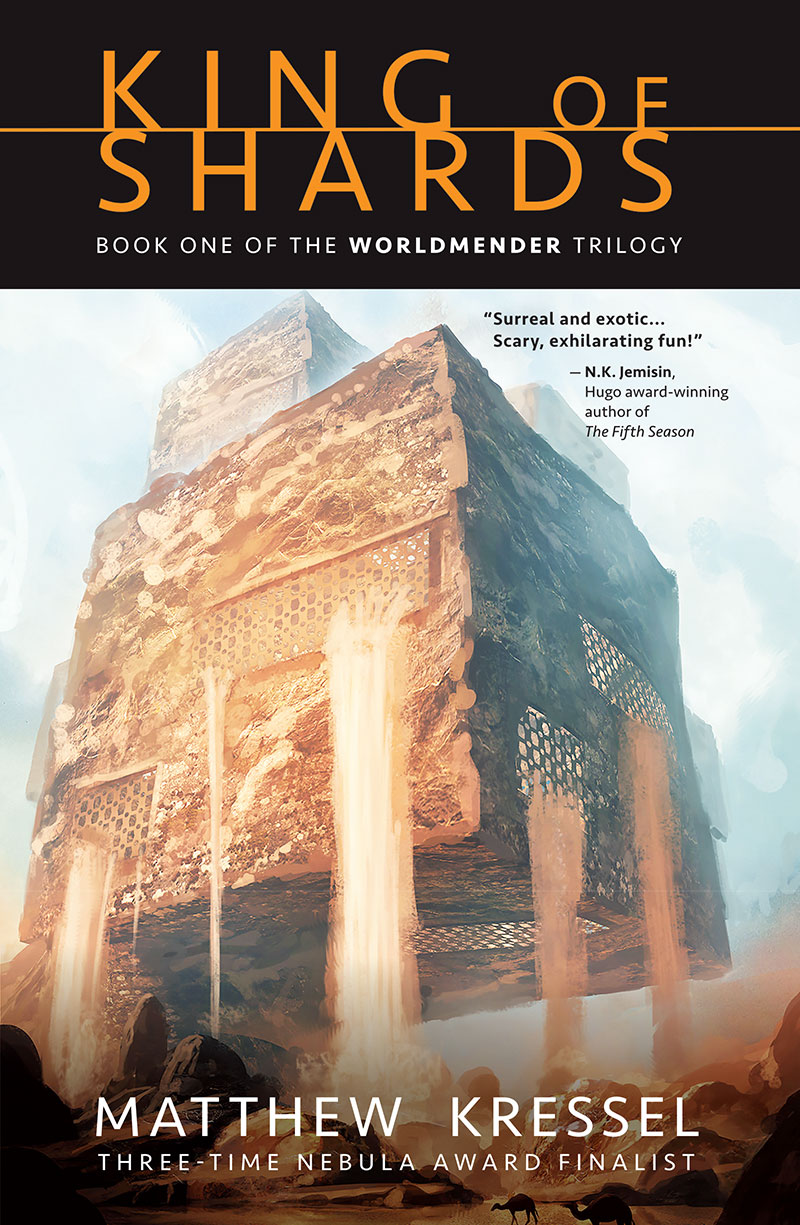
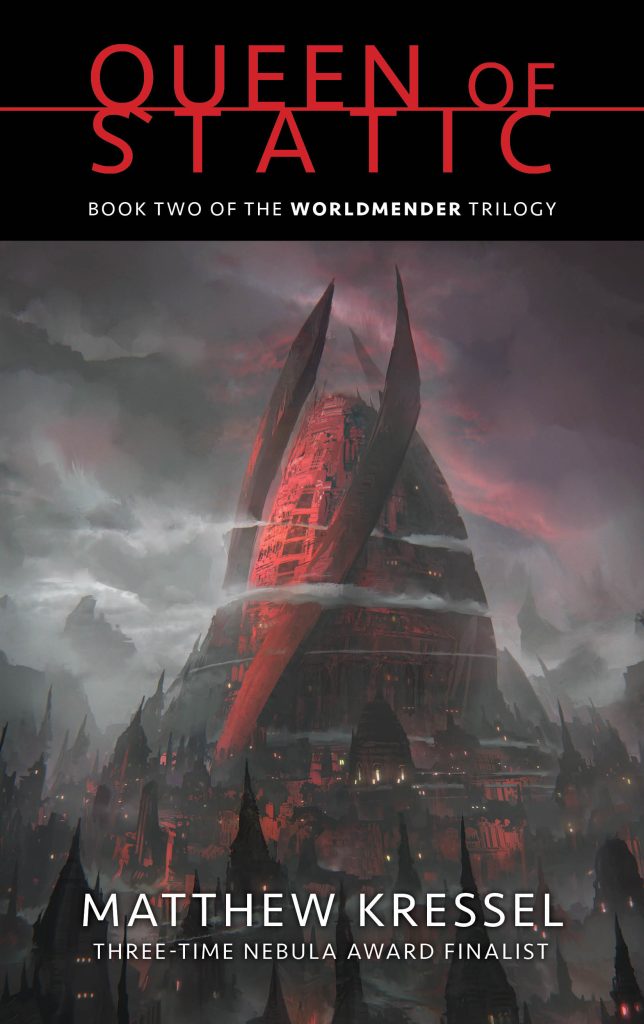

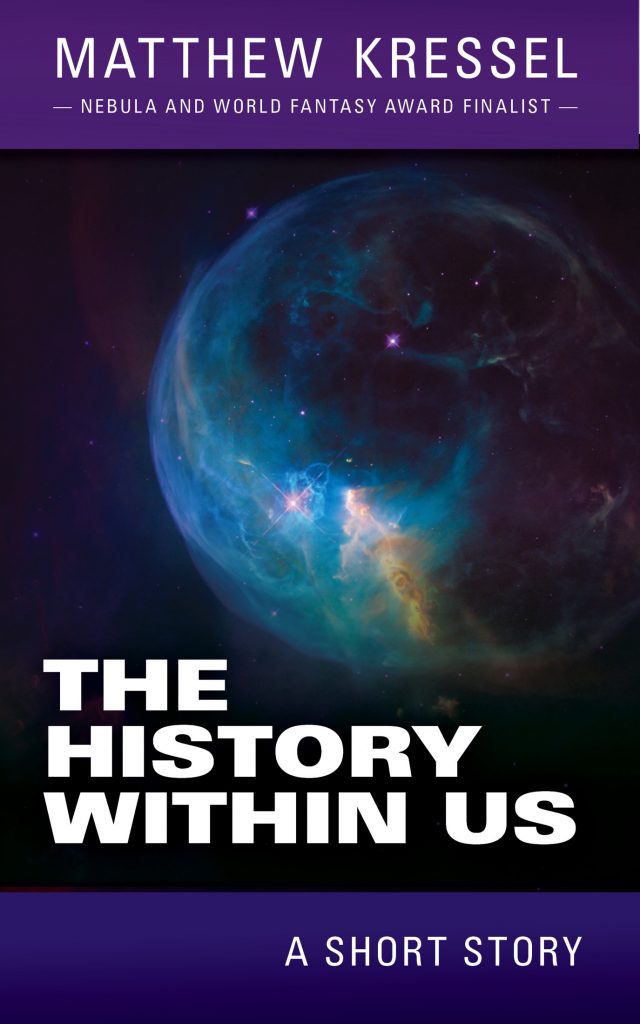
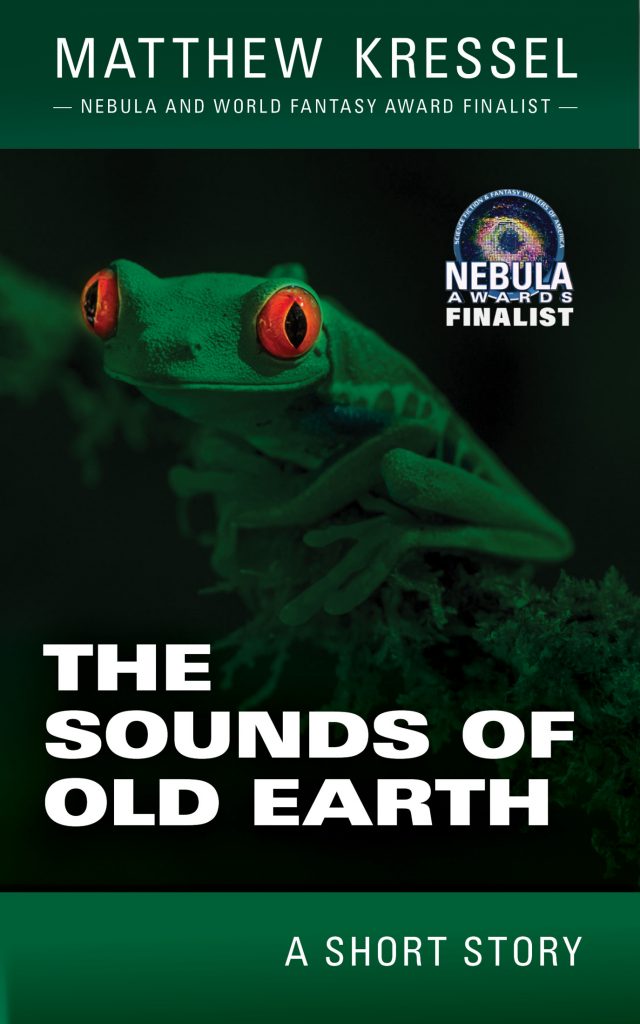
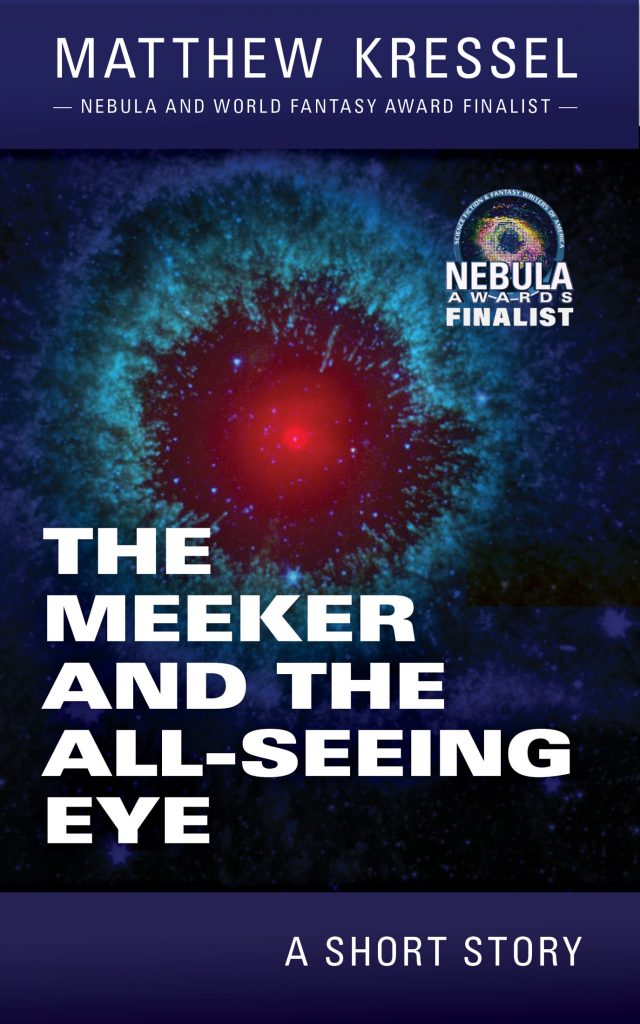

September 19, 2015 at 3:06 pm
Great blog post, Matt. I’m always fascinated by stories of doubles. Perhaps we all have an innate sense of having a double, since our minds can seem separate from us some times.
September 19, 2015 at 3:34 pm
Thanks! People have told me that they’ve seen my double out there in the world more than once.